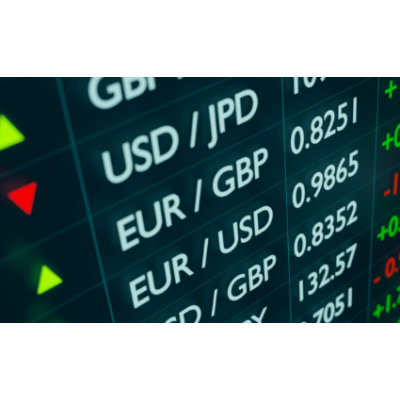

Grid trading, a well-established automated strategy, has gained prominence with advancements in algorithmic trading. This technique involves strategically placing buy and sell orders within a predefined range to capitalize on market fluctuations. One common question arises: Is it more profitable to trade manually or use a grid? This article will give you four reasons to use a grid trading bot and how to effectively use one.
Grid trading involves strategically positioning buy and sell orders to establish a grid-like framework within a defined price range. The goal is to capitalize on market fluctuations and secure profits as prices vary.
Whether you’re new or experienced in trading, the grid trading bot is made for everyone. It works well for beginners and those who’ve been trading for a while. Here are four reasons why using a grid trading bot can help you make money in any crypto market.
Grid trading is not about guessing where the market will go, but rather it’s about handling risks smartly. It helps you manage your risks and quickly get out of a trade that’s not going well. If you often feel the fear of missing out or find yourself stuck in a losing trade, grid trading stops these issues by automatically closing all your trades when they reach a certain loss point.
Using a rule of not letting your account lose more than 15% also gives you some flexibility with your grid trading. This rule is meant to help you recover from losses relatively quickly, making your trading approach methodical and careful.
Automating your trades based on your risk comfort is a great way to take control of your investment portfolio. It simplifies the trading process and ensures you approach the financial markets in a careful and organized manner.
Effectively managing risks involves leveraging grid bots, providing the opportunity to enter positions at levels that may be challenging to attain through manual trading. This method allows you to automatically establish orders at various lower entry points without actively monitoring price movements. Conversely, it enables seamless order entries for execution at higher selling levels or initiating trades at extreme market levels.
Diversification is a smart trading strategy used in all financial markets. Skilled traders know it’s important to spread their money across different types of assets to balance the risks and rewards. Grid Trading Bots help with this by allowing trades on various exchanges, giving access to more trading pairs like BTCUSDT. When you diversify your investments in different digital assets, it helps lessen the impact of market ups and downs, making your overall risk lower, especially compared to putting all your money in just one type of cryptocurrency.
To optimize your portfolio, incorporating a grid trading strategy is advisable. This approach caters to various trading styles, including scalping, day trading, swing trading, and position trading. Grid trading bots offer a versatile tool for generating profits across these strategies. For long-term traders involved in trades spanning weeks to months, establishing an extensive grid range enables trades to unfold over more extended periods. Conversely, short-term traders, such as scalpers, benefit from grid trading bots by capitalizing on numerous trades triggered by minor price movements within a brief timeframe.
Here are two ways to effectively deploy grid trading bots so you can profit in both Spot and Futures markets.
1.Adjusting Grids for Volatility: Volatility plays a major role in determining the appropriate number of grids. In extremely volatile markets, having an excess of grids may not be necessary. A case in point is a chart exhibiting a 230% price range within a week. Allocating funds to a large number of grids in such a scenario may lead to unnecessary trading fees without proportional benefits.
To optimize grid trading in volatile markets, consider reducing the number of grids while maintaining coverage of the entire expected price range. This ensures that the trading bot is strategically placing orders without overtrading in response to rapid market movements.
2. Balancing Profit Potential and Trading Fees: While more grids may seem like a pathway to increased profitability, it’s essential to balance potential profits with trading fees. Each trade incurs fees, and unnecessary trades can erode profits over time. By strategically selecting the number of grids based on the market’s volatility and expected range, traders can strike a balance between maximizing profit potential and minimizing trading fees.
3. Optimize Grids Based on Trading Range: Consider a scenario where you have a $10,000 investment to spread across a trading bot. The key decision is how to distribute this investment among the grids effectively. If certain grid areas are unlikely to be utilized due to market conditions, it may be counterproductive to allocate funds to those grids.
For instance, if a trader doesn’t anticipate the price reaching certain levels, allocating funds to those grids essentially results in holding a portion of the investment without the potential for trades. To maximize efficiency, traders should focus on selecting a range they believe the market will actively trade within.
Grid trading bots offer a versatile strategy for capitalizing on market movements. The key to success lies in understanding the intricacies of the specific market being traded and adapting grid structures accordingly. However, it is important to know that grid trading is not a one-size-fits-all strategy. Traders must adapt their grid structures to the specific market conditions they are dealing with. A more volatile market may require fewer grids to avoid overtrading, while a less volatile market might benefit from a denser grid structure to capture smaller price movements.